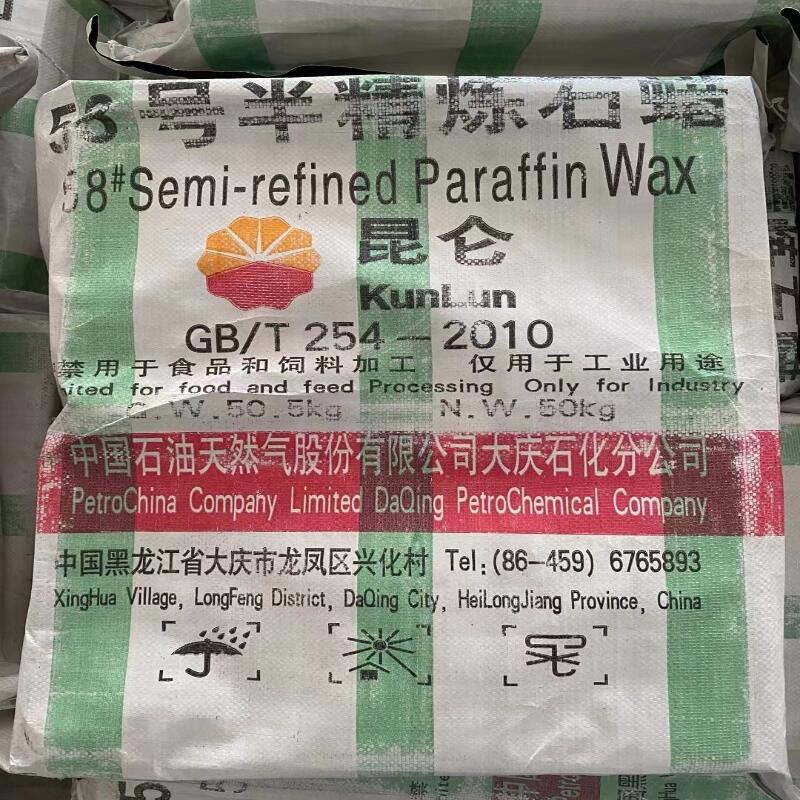-
Categories
-
Pharmaceutical Intermediates
-
Active Pharmaceutical Ingredients
-
Food Additives
- Industrial Coatings
- Agrochemicals
- Dyes and Pigments
- Surfactant
- Flavors and Fragrances
- Chemical Reagents
- Catalyst and Auxiliary
- Natural Products
- Inorganic Chemistry
-
Organic Chemistry
-
Biochemical Engineering
- Analytical Chemistry
-
Cosmetic Ingredient
- Water Treatment Chemical
-
Pharmaceutical Intermediates
Promotion
ECHEMI Mall
Wholesale
Weekly Price
Exhibition
News
-
Trade Service
Bis(p-methylbenzylidene)sorbitol is a versatile organic compound that is widely used in the chemical industry.
It is an important intermediate in the production of various chemicals, cosmetics, and pharmaceuticals.
The synthetic routes of bis(p-methylbenzylidene)sorbitol can be broadly classified into three categories: chemical, biological, and synthetic.
Chemical Synthetic Route
The chemical synthetic route is the most commonly used method for producing bis(p-methylbenzylidene)sorbitol.
This route involves the reaction of p-methylbenzylidene sorbitol with a suitable reagent, such as sodium hydroxide or hydrochloric acid, to form the desired compound.
The reaction conditions, such as temperature, pressure, and solvent, are carefully controlled to ensure the desired yield and purity of the product.
The chemical synthetic route has several advantages over the other routes.
Firstly, it is faster and more efficient than the biological route, as it does not require the use of living organisms.
Secondly, it is more cost-effective than the synthetic route, as it does not require specialized equipment or skilled personnel.
Finally, it provides a consistent quality of the product, which is essential for industrial applications.
Biological Synthetic Route
The biological synthetic route involves the use of living organisms, such as bacteria or yeast, to produce bis(p-methylbenzylidene)sorbitol.
This route is less commonly used than the chemical route, as it requires specialized equipment and skilled personnel.
However, it has several advantages over the chemical route.
Firstly, it is more environmentally friendly, as it does not generate hazardous waste.
Secondly, it is more cost-effective in the long run, as it does not require the use of chemical reagents.
Finally, it can produce a variety of different products, depending on the choice of organism and conditions.
Synthetic Synthetic Route
The synthetic synthetic route involves the synthesis of bis(p-methylbenzylidene)sorbitol from its constituent components.
This route requires the use of specialized equipment and skilled personnel, and is therefore more expensive than the chemical route.
However, it has several advantages over the other routes.
Firstly, it provides a higher yield and purity of the product, as the synthesis can be carefully controlled.
Secondly, it allows for the synthesis of the compound in a more sustainable manner, as the constituent components are readily available.
Finally, it allows for the synthesis of complex organic compounds, which cannot be produced by other routes.
Conclusion
Bis(p-methylbenzylidene)sorbitol is an important organic compound with a wide range of applications in the chemical industry.
The synthetic routes of bis(p-methylbenzylidene)sorbitol include the chemical, biological, and synthetic routes.
The chemical route is the most commonly used method, as it is faster, more efficient, and more cost-effective than the other routes.
However, the biological and synthetic routes have their own advantages, such as being environmentally friendly and sustainable, and allowing for the synthesis of complex organic compounds.







